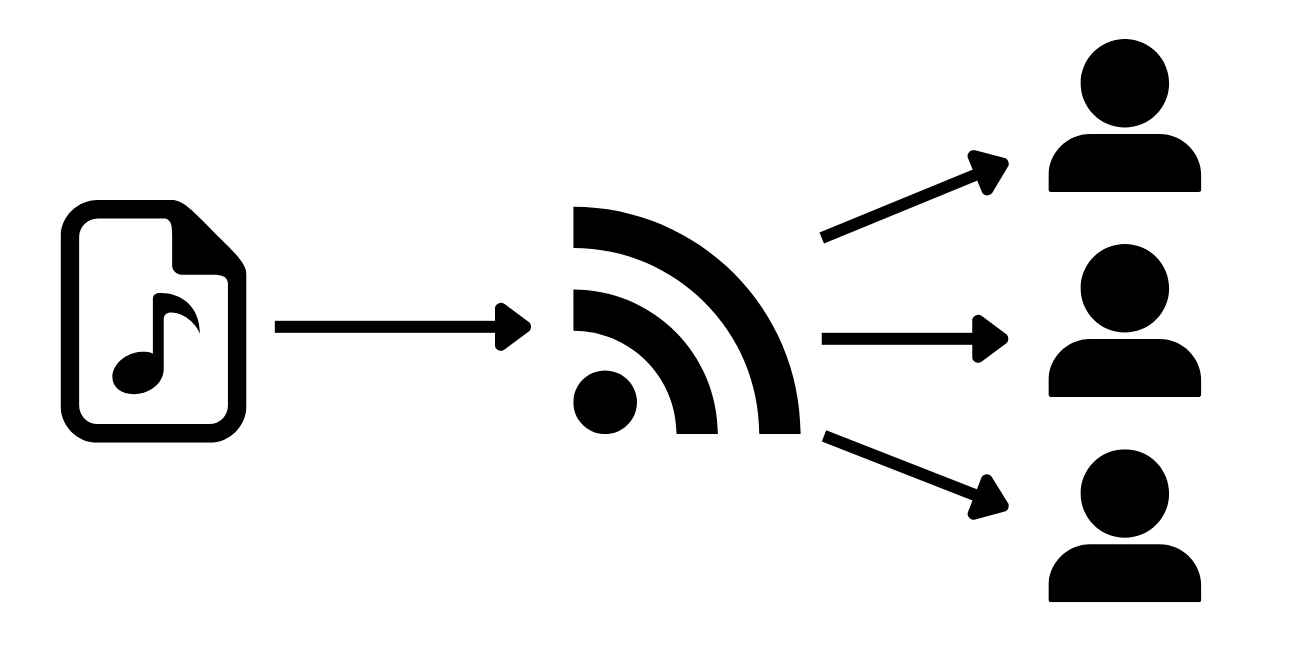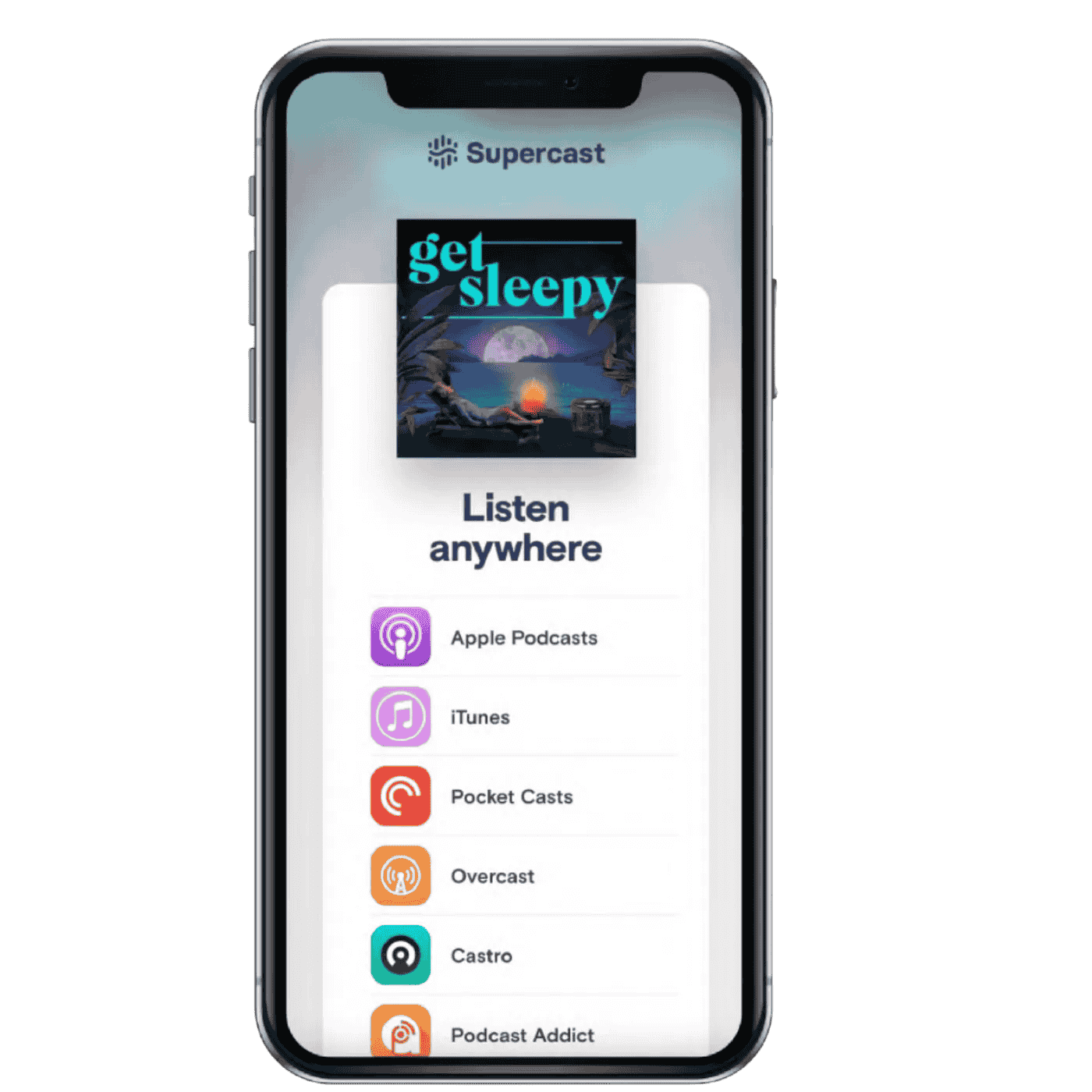For Your Ears Only

The last several years have seen a huge influx of subscription streaming services — and podcasts are no exception. The launch of Apple Podcasts Subscriptions in 2021 made big waves in the podcast world, but podcasters have been experimenting with the subscription model for years (to varying degrees of success). For many years, indie podcasters have been creating private feeds for paying subscribers through the crowdsourcing platform Patreon. Startup Luminary got off to a rocky start in 2019 with a big bet on subscription services. Slate saw great success by putting exclusive episodes of Slow Burn behind the Slate Plus paywall.
At Pacific Content, we’ve been keeping an eye on this rise in subscription podcasts, but it hasn’t been clear how this new technology and trend would apply to our clients– until now.
Let me convince you of the power of the subscription-branded podcast.
How does it work?
To start, I should be clear: I am not suggesting that all brands who podcast should start charging listeners for access to their shows. But I am suggesting that there can be real power for brands in creating a private feed with exclusive content for their target audience.
Essentially, rather than asking listeners to sign up with a credit card, brands can instead ask listeners to provide their email addresses— much like subscribing to a newsletter.
With traditional podcast platforms, podcasters upload an audio file, a single RSS feed is created, and that RSS feed pushes the same content out to different users. This is the “shared feed model.”

With platforms like Supercast, podcasters can follow a similar process and upload an audio file, but rather than generating a single RSS feed, Supercast will produce a new, unique RSS feed for each new subscriber. This means each feed is tied to one individual listener. This is the “individual feed model.”

(To read more about individual feeds, check out this amazing blog post by Supercast.)
Supercast then automates the process of submitting the unique RSS feed directly to the podcast player selected by the listener. As a subscriber, once I’ve entered my email address, I get access to exclusive content that I can download the same way I would any other podcast that I love.

So, now that we know what the technology is, let’s dive into exactly how it can be used to empower brands.
Make your listeners feel special
Giving listeners access to exclusive, bonus content provides you with an opportunity to make your target audience feel special and important. By making the podcast available to only a select group of people, marketers can deepen their relationship with an audience.
Does your company hold conferences with invites for qualified leads? You can create more brand touchpoints by following up with a private podcast feed, only accessible to conference attendees. The key here is to ensure that your podcast provides real value for the listener. Your podcast must be a gift — promising information or entertainment that they couldn’t find otherwise.
Move listeners further down the funnel
More and more, we are working with clients who have more than one podcast, all of which are intended to serve different purposes. For example, Red Hat’s Command Line Heroes serves a different audience and a different purpose than Red Hat’s Compiler. Having a broadly accessible podcast can be a great tool for raising brand awareness. But what if you’re ready to move listeners further down the funnel?
Building a subscription podcast feed can give you an opportunity to bring listeners closer to your brand, narrowly targeting qualified potential customers to give them more time with you. You can think about subscribers to this feed as “superfans” of your brand.
Give your superfans an insider’s view. This could mean having your show hosted by someone from your company, featuring experts from your internal team, or using complicated jargon that only your specific target audience would understand.
The goal isn’t necessarily to scale; it’s engagement. And you can be sure that someone willing to subscribe and spend time with this private podcast feed is an engaged listener.
Get more data about who’s listening– and follow up!
With an email, you can start to build a picture of who is listening to your podcast. It gives you insight into who is interested in your show. Because each individual receives a unique RSS feed, you can track, by email, who is actively listening to your podcast (not just downloading it) and how much time they’re spending with it. And, if they signed up using their company email, you might be able to pinpoint where they work too.
This gives you important information about who you might want to follow up with and where to focus your attention. This data is exactly the kind of information brand marketers have been asking for from podcasts — and now the technology exists to make it accessible.
I know it might feel like a risky move for a marketer to place their content behind any kind of wall or limit access in any way. But don’t forget, sometimes offering something exclusive can make it even more appealing. The technology behind subscription podcasts provides a creative opportunity to solve many problems for brand marketers interested in developing a smart, robust podcast strategy.
Sign up for the Pacific Content Newsletter: audio strategy, analysis, and insight in your inbox.
